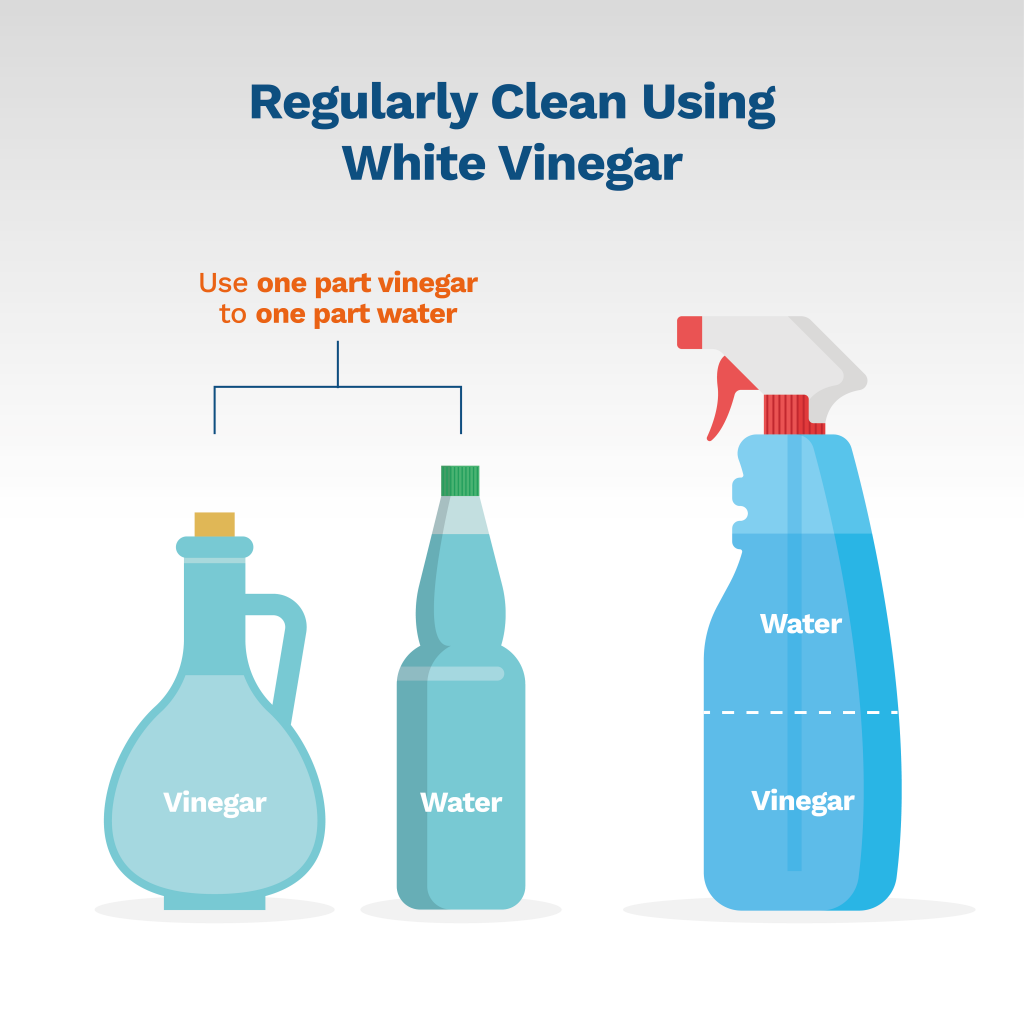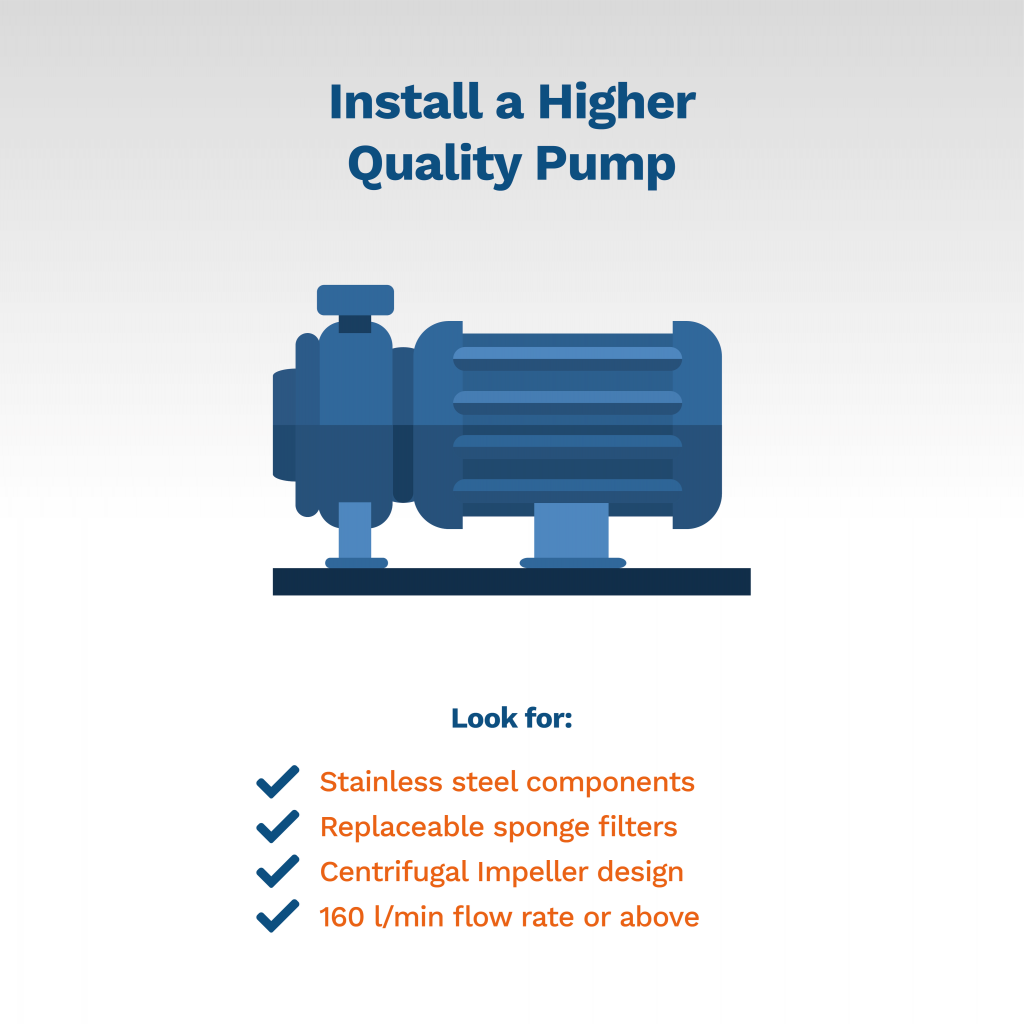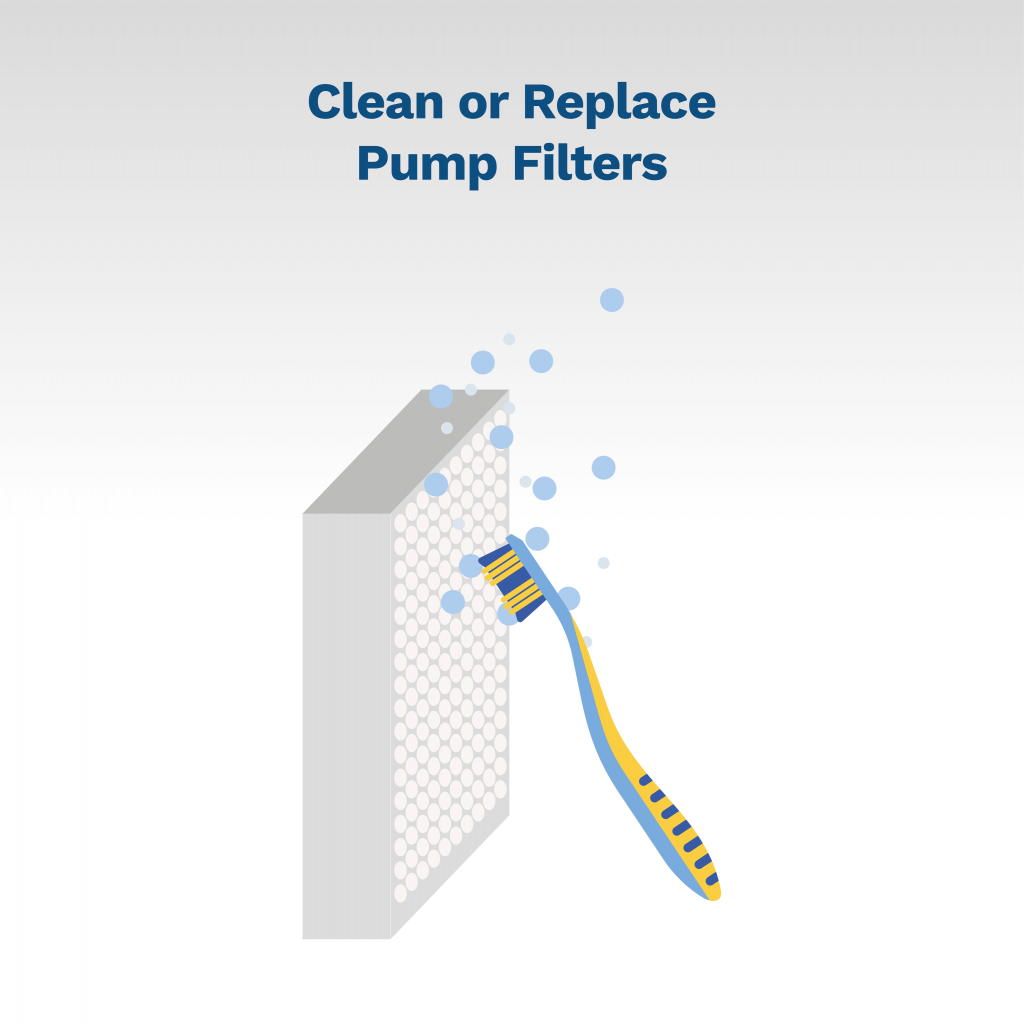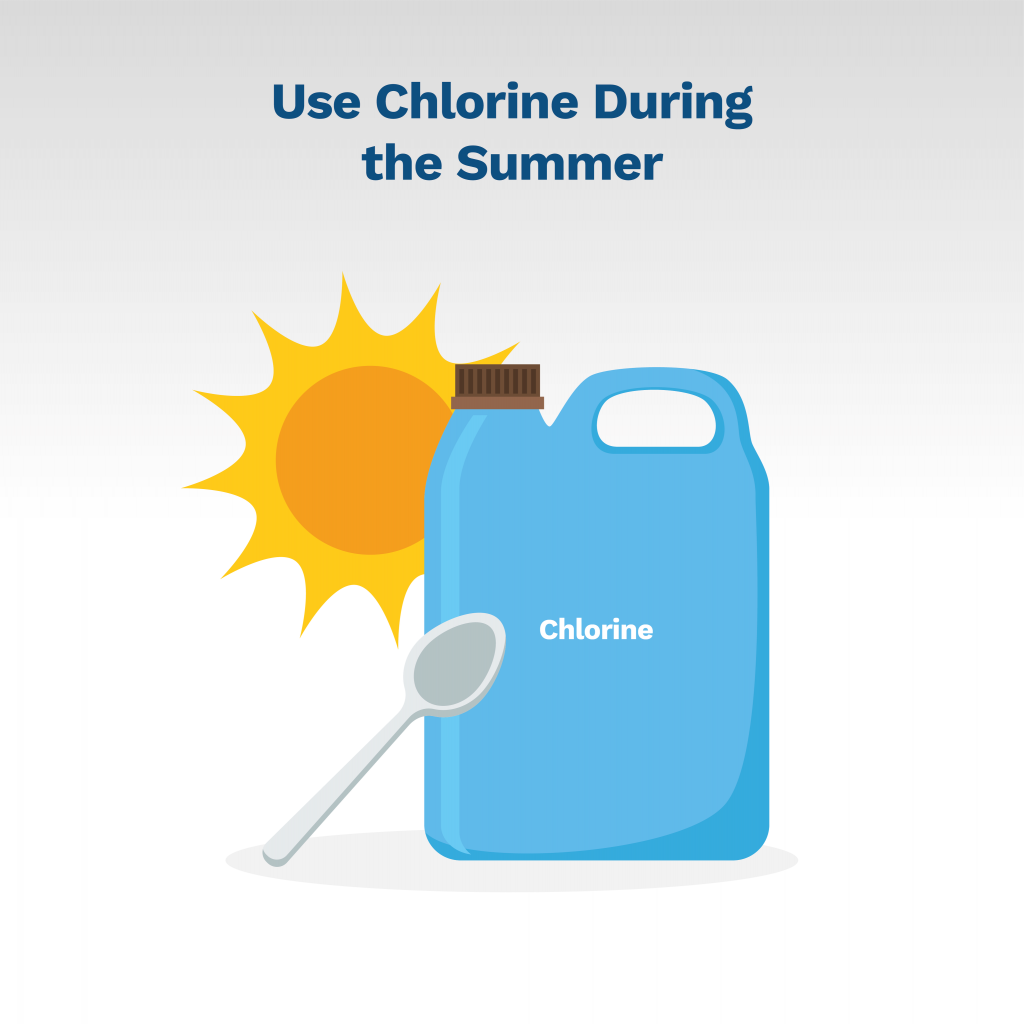How to Keep a Garden Water Fountain Clean (Expert Guide)
A water fountain is a glorious addition to any garden. The subtle sound of flowing water can provide a sense of calm and tranquillity. The birds chirping as they bathe brings a deeper connection with nature. And the blossoming plants, critters and amphibians provide a self-sustaining ecosystem for a variety of nature and wildlife.
But, if this is your first time caring for a garden water fountain, you may be wondering, how do I keep my garden water fountain clean? You see, all that free flowing water is a major attraction to birds, foliage and insects. With them, they’re likely to bring debris and bacteria, which can start to play havoc on your fountain’s ecosystem. If this bacteria and debris isn’t removed quickly, your fountain can quickly start to look quite unappealing and could even potentially harm your health.
To help you ensure that doesn’t happen, we’ve put together our best advice for keeping your garden water fountain clean. Follow these simple tips and your garden fountain will be speckless and sanitary in no time.
Use White Vinegar to Remove Algae
Algae is a garden fountain’s worst nightmare. Not only does it look quite ugly, but it can be harmful to many of the plants, birds and insects that love to visit your garden. If you have an algae problem, your best friend is white vinegar. White vinegar can quickly kill algae but is not harmful to birds, insects and the majority of plants.
Use a mixture of one part water to one part white vinegar to spray down the area and kill the algae. Rinse the surface algae off the concrete with a water hose. Next, pour white vinegar directly on the surface and scrub using a toothbrush. Remove as much algae as possible. The more you leave behind, the quicker it can grow back and start to take over your pond.
Install a Higher Quality Pump
A high quality pump is key to a clean and sanitary fountain. A cheaper, lower quality pump may seem like a great idea when first building your fountain, but after a year or so, when the plastic components start to age and break down, the flow performance can be greatly reduced. This makes it easier for algae and other bacteria to quickly spread, tainting the quality and colour of your water and becoming quite unsightly and unhygienic.
If you’ve had a cheap plastic garden pump for a couple of years, we’d suggest upgrading to a high performance garden fountain pump like this one from Pentair. Not only are you likely to have less technical issues, but you will also guarantee higher flow performance for a much longer period of time.
Change Fountain Water Once Per Month
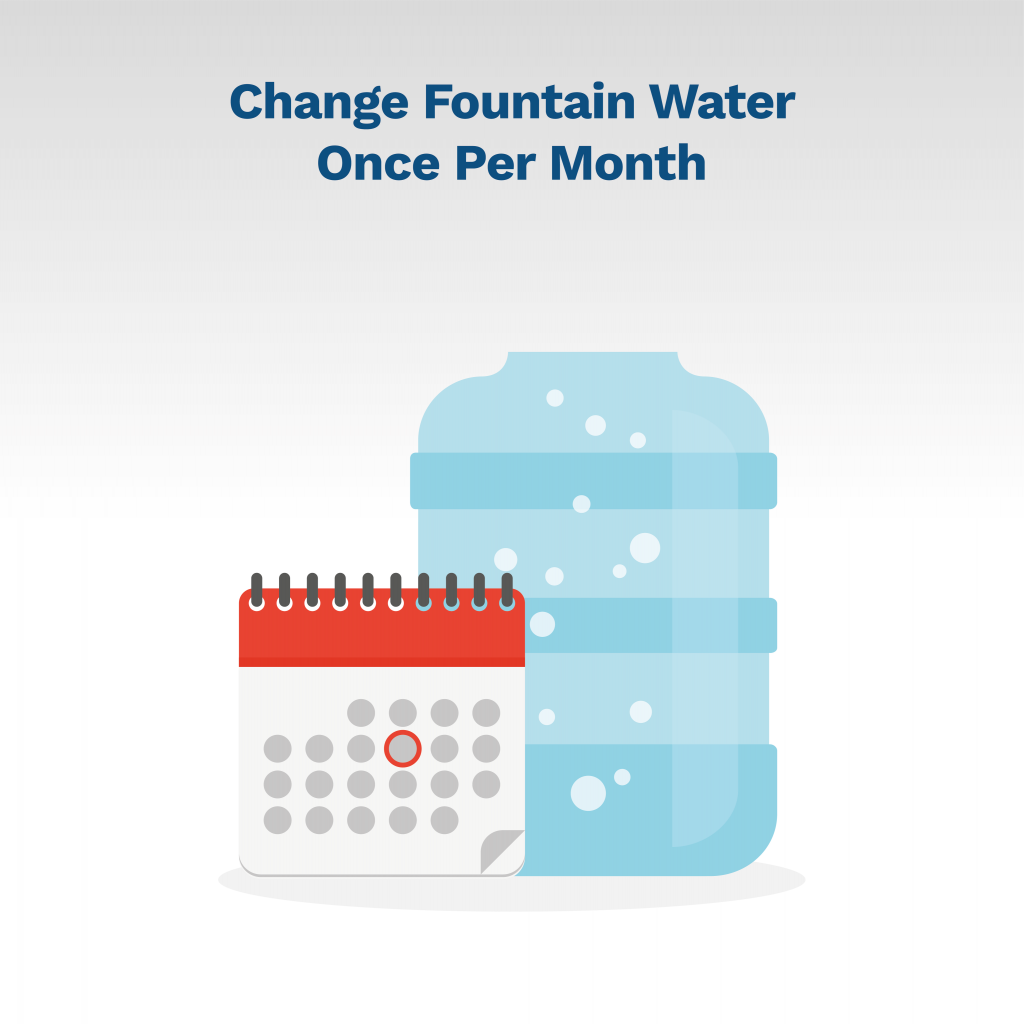
You should ensure that your fountain water is changed at least once per month. We’d also advise using distilled drinking water instead of regular water from a garden tap, as tap water could already be contaminated with bacteria. If you don't mind preventing all biological growth, you can also opt for chlorinated water.
Remember to rinse down and remove any residue left on the surface of the fountain with a garden hose and a pair of old, clean bath towels before refilling.
Learn to Clean and Replace Pump Filters
You should also learn how to clean and replace your pump filters. Debris can quickly clog a filter and this can make it difficult for your pump to remove harmful bacteria. If you’re unsure on how to do this, we’d recommend either contacting the manufacturer or replacing the pump entirely. You can clean as much bacteria and algae from the surface or basin of your fountain as you want, but if you don’t replace the pump filters, you will quickly have severe hygiene problems on your hands. Clean, replace or upgrade.
Little bit of Chlorine in the Summer
If your fountain doesn’t have any water plants, you can always add a small amount of chlorine to your fountain. We’d only recommend using one to two tablespoons, every two to three weeks during summer and the warmer spring weeks of the year. Ensure your pump is turned off when adding the chlorine.
If you do have water plants and you can’t seem to rid the algae or bacteria with vinegar, then we’d recommend removing the plants to a shallow bath, using the chlorine over a two month period and then putting them back in the water. Do not put chlorine in with the plants, this will kill your plants.


